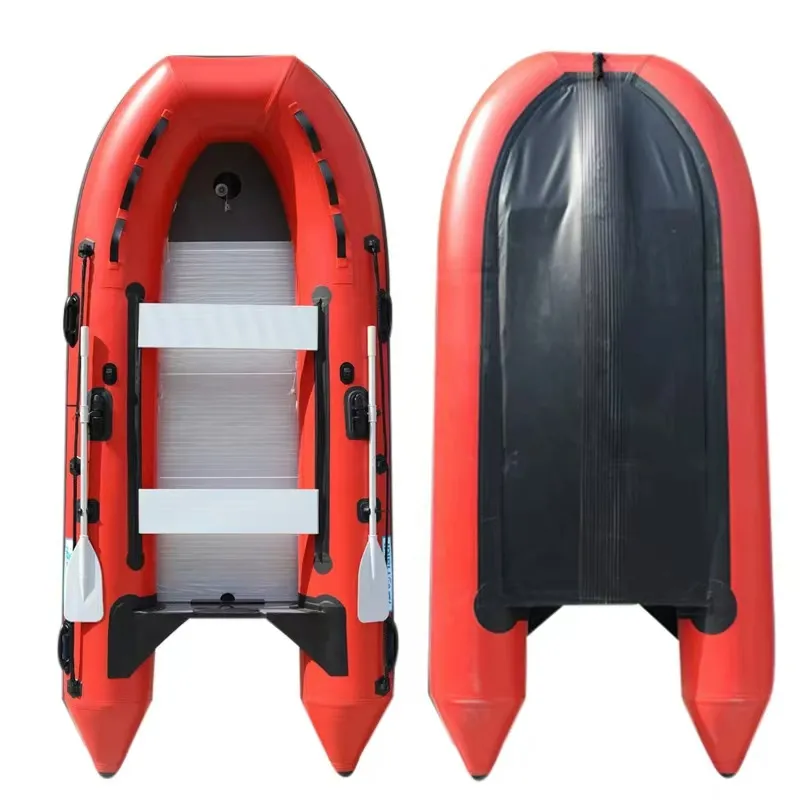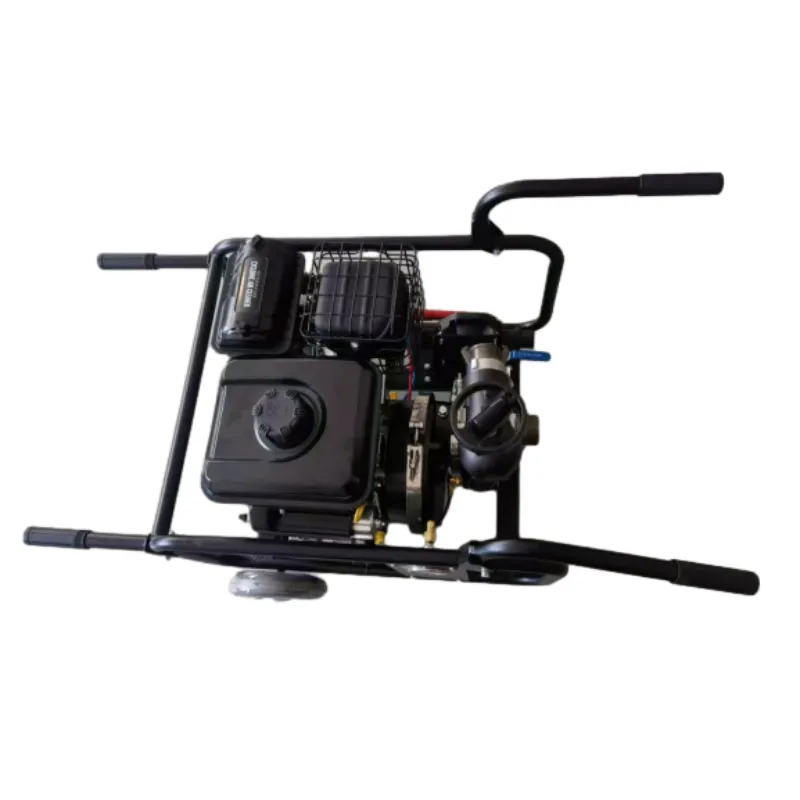

Given the high-risk environment in which the Pulaski is often employed, quality assurance and standards compliance are non-negotiable. Tools undergo rigorous testing for durability and functionality under simulated firefighting conditions. Such meticulous attention to quality control ensures that each tool can withstand the harsh realities of firefighting, earning trust among frontline responders. For fire departments and organizations purchasing these tools, factors such as weight, balance, and handle length are crucial. A Pulaski that's too heavy can cause fatigue, while one that's too light may not deliver the necessary impact. Manufacturers provide a range of sizes and weights to meet the diverse needs of teams combating different terrains and fire complexities. In addition to physical testing, many organizations now employ digital platforms to rate and review tools used in firefighting. This feedback loop is invaluable, providing real-world insights that manufacturers use to advance tool designs. Online forums and professional networks like FireRescue1 and Wildland Firefighters continue to offer an influential community where experiences and expertise about equipment, including the Pulaski, are shared and discussed. With an arduous task of protecting vast landscapes and communities from the destructive forces of wildfire, the role of a firefighter’s tools cannot be overstated. The Pulaski, with over a century of development and implementation, reflects the evolution of firefighting needs and technologies. Its continuous use and endorsement by professionals worldwide affirm its design superiority and indispensable functionality in wildland firefighting—an embodiment of the expertise, authority, and trustworthiness essential in the realm of firefighting tools.





























